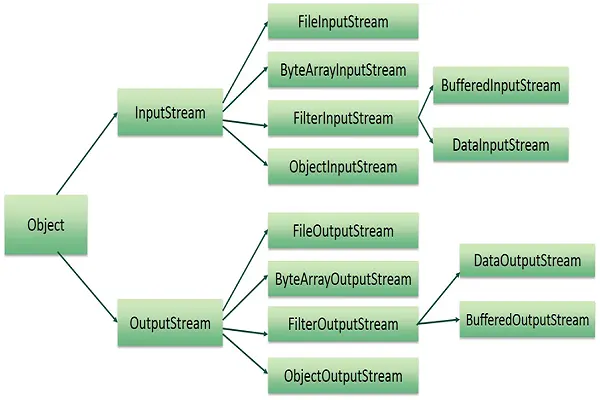Wireless Local Area Network
As outlined in the IEEE 802.11 standards, a Wireless Local Area Network is a class of local area network which permits device connectivity and communication within its network scope through transmission of data via radio frequency waves affectionately referred to as Wi-Fi. Unlike classical network structures which utilize LAN cabling, WLANs enables laptops, tablets, and smartphone to communicate wirelessly devoid of physically tethered cabling.
The functioning of a Wireless Local Area Network comprises of wireless routers or access points transmitting radio signals within a specific radius of coverage. Wireless network interface devices, including Wi-Fi enabled devices, receive and connect to the network. Data transmission to and from the devices takes place through radio waves. These access points are usually linked to the core wired part of the network infrastructure, which includes Ethernet switches and routers. These could connect to other networks or provide internet access.
- Infrastructure mode: The most common type of Wireless Local Area Network is infrastructure mode. In this setup, a device or group of devices connects to the network through a wireless router or central access point (AP). This setup not only provides access to the internet, but it also enables secure and systematic exchange of information between devices. Infrastructure mode is used in many places such as homes, offices, schools, and businesses.
- Ad-hoc Mode:The Ad-Hoc mode in Wireless local area network is a temporary and decentralized wireless networking setup. In this mode, devices communicate directly with each other without the need for an access point. It is designed to enable quick and easy wireless connections among a small number of devices. This type of WLAN is commonly used in small group scenarios for activities such as file sharing and multiplayer gaming.
- Wireless Mesh Network: is a flexible and resilient network made up of interconnected devices. It operates by allowing communication between multiple access points, also called nodes, often using wireless links. The main objectives of this configuration are to extend network coverage across large or complex areas and to ensure continuous connectivity by automatically rerouting traffic if a node fails. WMNs are commonly deployed in environments such as campuses, smart cities, and disaster recovery zones
- Wireless Distribution System: The coverage area of a network can be expanded with a Wireless Distribution System (WDS) without the need for further wiring. Instead of using actual cables to connect to one another, this configuration uses wireless connections. Expanding the network without depending on conventional wired infrastructure is the primary goal. This method is frequently applied in huge buildings or locations where cable installation is challenging or impracticable.
- Hotspot: A hotspot is a Wireless LAN connection provided in public or semi-public areas. It typically operates as a public Wi-Fi network that often requires users to log in or pay for access. The primary purpose of a hotspot is to offer temporary internet connectivity to users on the go. Common locations for hotspots include coffee shops, airports, hotels, and libraries.
A Wireless Ad Hoc Network is a self-configuring, decentralized local area network where two or more wireless devices communicate directly, without relying on traditional infrastructure such as routers or access points.
Wireless ad hoc networks offer benefits such as cost efficiency and enhanced mobility. However, they also have limitations, including reduced security, limited scalability, and declining performance as the number of connected devices increases
Setting Up a Wireless Ad Hoc Network in Windows
Before configuring a wireless ad hoc network, you should first check all available wireless networks within range, including any ad hoc networks. To do this:
- Open Command Prompt as Administrator.
- Run netsh wlan show networks, to view all available networks.
- Next, check whether your operating system supports hosted networks by typing netsh wlan show drivers. If the operating system supports adhoc network, you will see Hosted network supported : Yes
Steps to Set Up a Wireless Ad Hoc Network
- Enable Wireless Ad Hoc Mode
- Open Command Prompt as Administrator.
- Run the following command to set up the network,use netsh wlan set hostednetwork mode=allow ssid=YourNetworkName key=YourPassword
- Start the hosted network using netsh wlan start hostednetwork
- Connect Other Devices
- Enable Wi-Fi on other devices and connect using the provided SSID and password.
-
Share Internet Connection
- Navigate to Network and Sharing Center → Properties → Sharing, and enable Internet Connection Sharing.
- Enable File or Message Sharing
- Test Network Connectivity: enter the IP addresses of devices to see if they can be reached using the ping command. This makes it easier to verify that the devices are linked correctly and have network communication capabilities.
- Use shared folders: on one computer, create shared folders that are accessible to other computers connected to the same local area network.
Latest Posts

Top 9 Web hosting Companies in Ethiopia

Online Communication Platform for Teachers and Students

File Handling in Java.

I’m committed to providing tailored solutions and always ready to assist if any issue arises.